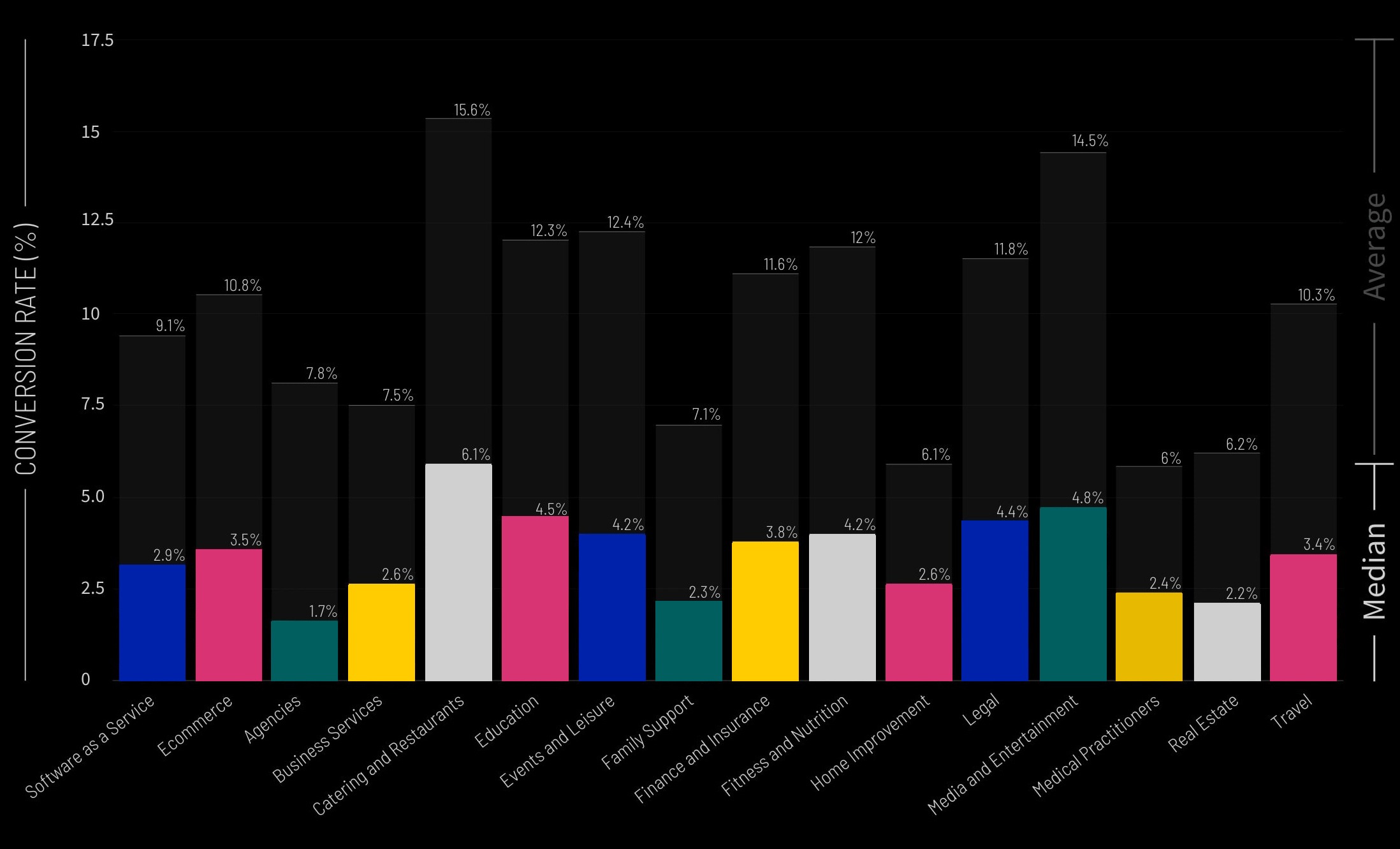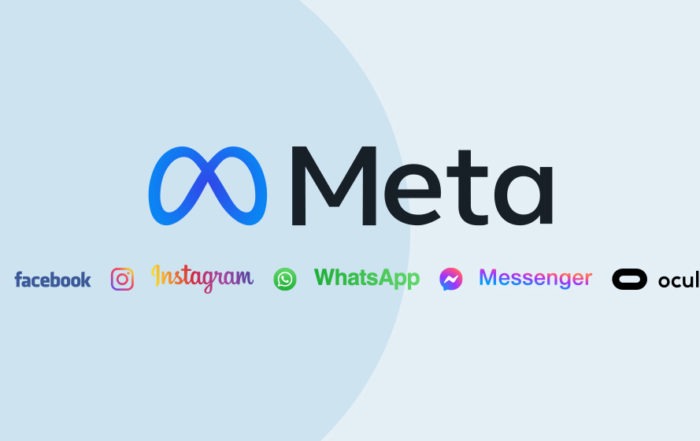— DEFINITION
CRM Integration
A continuous connection link between the CRM software as well as applications owned by third parties. These integrations are a consequence of automatic actions serving as an expansion of software functions, completely abolishing the necessity to move to and from systems.
— WHY DO BUSINESSES NEED CRMs?
A CRM will identify potential clients, help you conduct further business with existing customers by way of effective marketing or improved communication, and even highlight opportunities to reconnect with those customers you have lost along the way. All of this through intelligent use of data.
01
Safe storage space
CRM helps sales people to safely and centrally store their contacts, sales opportunities, activities and scheduled plans in one place, and have uninterrupted access to the database from multiple locations. Rest assured that your data won’t just get lost.
02
Activity Reports
CRM helps sales people to easily prepare their weekly or monthly reports for management. The process is automated and transparent, and takes just a few clicks to inform others about what sales are currently in progress.
03
Timely sales execution
CRM helps streamline the entire sales cycle, which results in closing deals in your sales pipeline and helping everyone in the team to reach targets faster. Since order processing and preparing quotes is automated in CRM, sales teams are able to reduce production costs and increase sales revenue.
04
Cut down on administrative tasks
Include a social media block with all the social sites you’re active on in your design. Encouraging others to share your website on social media is a great way to get the word out. If you have a beta test or product launch , you might consider bumping someone up on a waiting list in exchange for sharing your landing page on their own social media channels.
05
Improved customer retention
Once you’ve procured and converted leads, it’s vital that you put in the work to retain them as customers and promote customer loyalty. High customer turnover can have many negative effects for your business, like diminished revenue or disrupted cash flow, so use your CRM and the information it provides about your customers to encourage repeat business. The CRM will provide sentiment analysis, automated ticketing, customer support automation and user behavior tracking to help you determine problems and quickly address them with your customers.
06
Centralized database of information
Another thing CRM software does best is providing a centralized database with all information on your customers, making it easily accessible to anyone in your company who needs it. This makes it easy for a sales representative to see what products a certain customer is interested in, for example. If the customer has previously interacted with the company, the CRM will include records of that interaction, which can inform future marketing efforts and sales pitches. This saves your employees the time of digging through old files and records, and it makes for a better and more productive experience for the customer.
07
Higher productivity
CRM software uses marketing automation technology, which expedites menial tasks like drip campaigns and frees up your employees’ time to focus on work only humans can handle, like creating content. It can also ensure that no tasks slip through the cracks (e.g., all important emails are always sent to the right people). Additionally, a CRM can show you a dashboard of how your business processes are working and where your workflows could improve.
08
Improved customer segmentation
A list of hundreds of contacts can be unwieldy and overwhelming. For example, how do you know which customers want to see your email about your new in-store product? A CRM will automatically segment your contact lists based on your criteria, making it easy to find the ones you want to contact at any given time. You can sort contacts by location, gender, age, buyer stage and more.
Bonus: Get rid of landing pages all together and start using new ad formats.
This might seem counterintuitive (or downright crazy), but today, there’s actually no real need to force prospects to a landing page at all. there are several new ad formats available to advertisers that eliminate the need for landing pages. Rather than hurting conversion rates, these new ad formats can prove to be even more effective than the traditional funnel approach. Twitter’s Lead Generation cards, for example, allow prospects to take advantage of offers directly from within the ad itself, saving your prospects time and minimizing the steps necessary for the visitor to convert.
Google, Facebook, LinkedIn and other social platforms that offer advertising all offer their own variations of social ads that integrate lead gen forms and pre-populate the forms with the user’s profile information, making conversion as easy as the simple click, without having to ever fill out a form manually.
Why You Need Meta Business Suite and Business Manager for Clients
In today’s hyper-connected world, there are few more effective ways of communicating than through the Meta conglomerate. Within this umbrella organization, monthly active users (MAUs) communicate mainly through three of the major social networks: Facebook: almost three billion MAUs; WhatsApp: over two billion MAUs; Instagram: 1.5 billion MAUs. So when ...
— TOOLS + PLATFORMS
Popular + Useful Tools
Depending upon your establishment’s requirements, there are quite a few CRM systems you can choose from. To help you find the right one, take a look below of some of the most popular CRM tools available for business owners.
Carrd is a platform for building simple, responsive, one-page sites for pretty much anything, whether it’s a personal profile, a landing page with a MailChimp signup form, or something a bit more elaborate. It’s fast, flexible, simple to use, and 100% free. Choose a starting point or start from scratch.
Mailchimp is primarily know as an email marketing platform, but its landing page builder is surprisingly capable and has developed quite a bit over the years as Mailchimp pivots to a full marketing platform. It’s certainly great for collecting email newsletter signups, but you can also sell products by connecting your account to Square.
Turn your ad clicks into conversions with the only landing page platform designed to create, personalize, & optimize post-click landing pages at scale. Unlike other single product solutions on the market, Instapage includes six products and hundreds of features built specifically to help you increase your advertising conversion rates.
Google Sites is a structured wiki- and web page-creation tool included as part of the free, web-based Google Docs Editors suite offered by Google. The service also includes Google Docs, Google Sheets, Google Slides, Google Drawings, Google Forms, and Google Keep. Google Sites is only available as a web application.
Landing Page Conversion Rates By Industry
Most marketers actually don’t know whether their last campaign was a smash hit—or a total dud. Unlike open and click-through rate benchmarks for email marketing, industry-wide data for landing pages just hasn’t been available.
A conversion can mean many things. It’s an action that you want your visitors to take—like buying, downloading, or subscribing. It can be a new lead, a phone call, or an in-person appointment. But ultimately it depends on your business, campaigns, industry, and goals.
So, what’s a good conversion rate for your landing pages? And why do some pages (and industries) perform better than others? Knowing this helps you continually improve performance, but understanding what success actually looks like can be a challenge.

